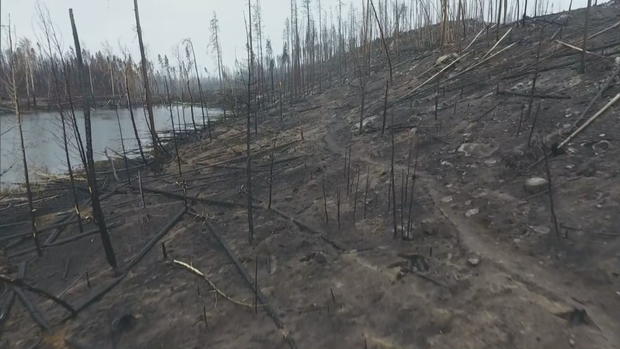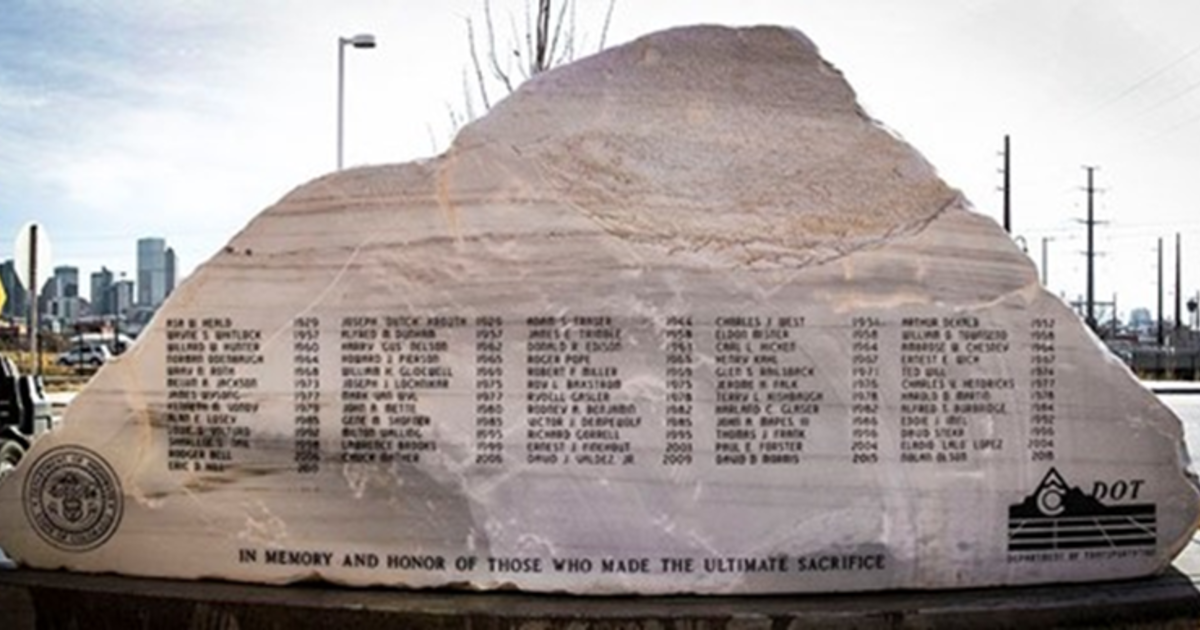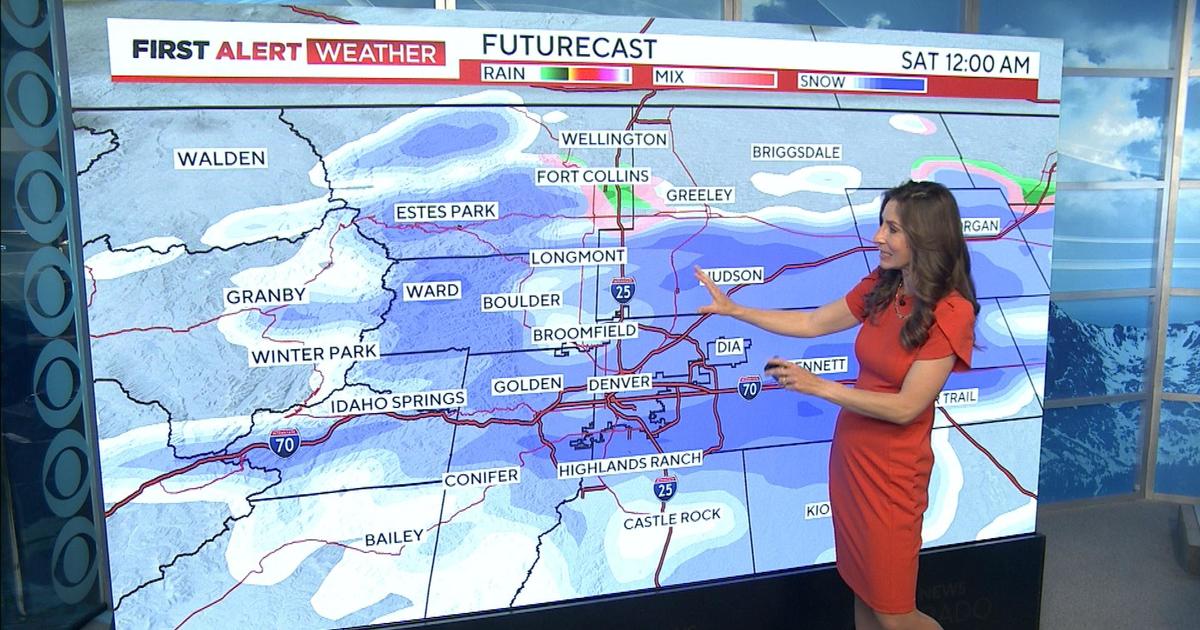Mud & Debris Slides On Colorado's Burn Scars Are 'The New Normal For This Summer'
GLENWOOD SPRINGS, Colo. (CBS4) - It doesn't take much rain to cause debris flows on burn scars across Colorado. Now, the state is now entering monsoon season.
On Wednesday, the Colorado Department of Transportation issued travel alerts for burn scars across the state.
"The rainfall thresholds that the National Weather Service is using to issue watches and warnings for the burn areas so CDOT can close the road in time, those seem to be good, and unfortunately those thresholds are really low," said Jason Kean, a research hydrologist with the United States Geological Survey.
Destructive debris flows in the Cameron Peak Fire burn scar led to flash flooding in Poudre Canyon on Tuesday which killed at least one person and destroyed five homes.
Multiple mudslides in Grand County closed Highway 125 between mile markers 10 and 15, leaving multiple stranded in between. Fortunately everyone was okay.
A closure through Glenwood Canyon along Interstate 70 remained in place for more than 24 hours due to five separate mudslides which hit the highway Tuesday.
"With these debris flows in burn areas it's not one and done. Unfortunately, there is still ample sediment after one event to supply the next one, and even if all that sediment gets evacuated, you could still have a substantial flood wave, and a flood wave can be very destructive, too, that could easily sweep a car ... off the highway and into the river," said Kean.
CDOT said travelers should expect weather-related disruptions and road closures through at least the next week. Specifically, impacts for burn areas include: Grizzly Creek, Cameron Peak and East Troublesome fire burn scars.
Forecasts from the National Weather Service show the monsoon season will be in full effect during the next 7-10 days.
Kean says this will be the new normal for at least this summer.
"It's the new normal for this summer that we have to be careful. Any thunderstorm is capable of producing rain rates that exceed the threshold for triggering debris flows in these burn areas. The good news is that with years after the fire, that threshold goes up and vegetation recovers and the hill slopes stabilize," said Kean. "Next year it's going to take more rain to cause a problem. We're not out of the woods next year though afraid to say. It's still going to be susceptible. We're going to have to be on our toes next year."





